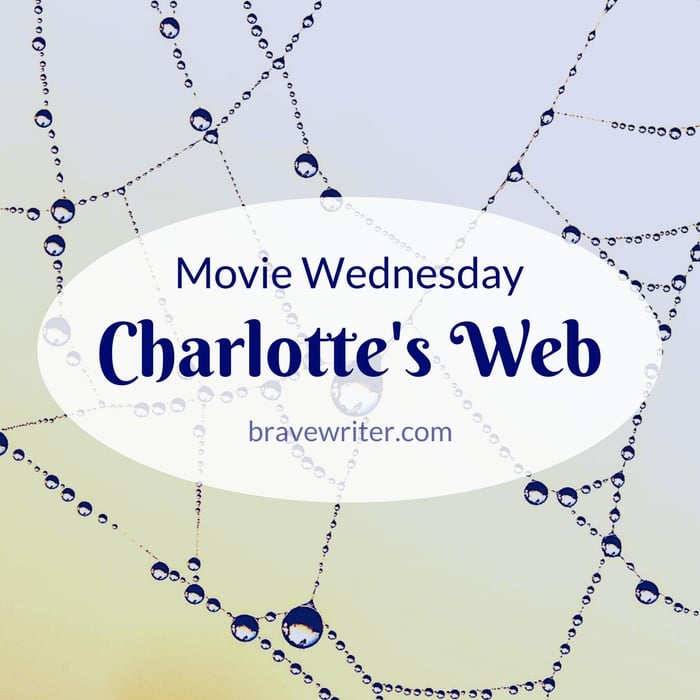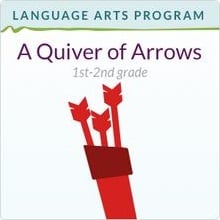Movie Wednesday: Charlotte’s Web

Fern lives on her family’s farm in Somerset County, Maine — but her world changes when she saves a tiny piglet too small to survive by itself. Her parents let her look after the piglet, whom she calls Wilbur, and they become best friends. But as much as she loves him, Fern can’t keep Wilbur forever.
The new farm Wilbur moves to is full of friendly animals: geese, sheep, and a clever spider called Charlotte. But he is horrified to discover the truth — that his life will end at the slaughterhouse. It looks like nothing can save him … unless Charlotte can spin the most important web of her life.
[This post contains Amazon affiliate links. When you click on those links to make purchases,
Brave Writer receives compensation at no extra cost to you. Thank you!]
In 1952, American writer E.B. White published a book called Charlotte’s Web, which quickly became a classic of children’s literature. Fifty-four years later it was adapted into a family film. It was produced without the participation of the E.B. White Estate, in contrast to the preceding 1973 animated film the development of which E.B. White was involved in but with which the author was nonetheless unhappy.
Discussion Questions
- If you’ve read the original book, how do you think the film compares?
- Has this film in any way changed your view on pigs, spiders, or rats? If so, how?
- Who is the hero of the story, and why did you pick him or her?
- Was Fern’s father cruel to consider killing Wilbur as a piglet? Explain your answer.
- This is the second adaptation of Charlotte’s Web for film; the first came out in 1973 and was an animated movie. Do you think the story works better live-action or animated? Share your reasons.
- Is Templeton ultimately a sympathetic character? Do you like him? Why or why not?
Additional Resources
Charlotte’s Web themed Birthday party
 Learn language arts with the free Charlotte’s Web sample from Quiver of Arrows!
Learn language arts with the free Charlotte’s Web sample from Quiver of Arrows!
A Quiver of Arrows is designed for children in the Partnership Writing stage of development (typically, first and second graders who are beginning to read and write). When purchased as a part of the ten issue Quiver product, the individual price drops.

















